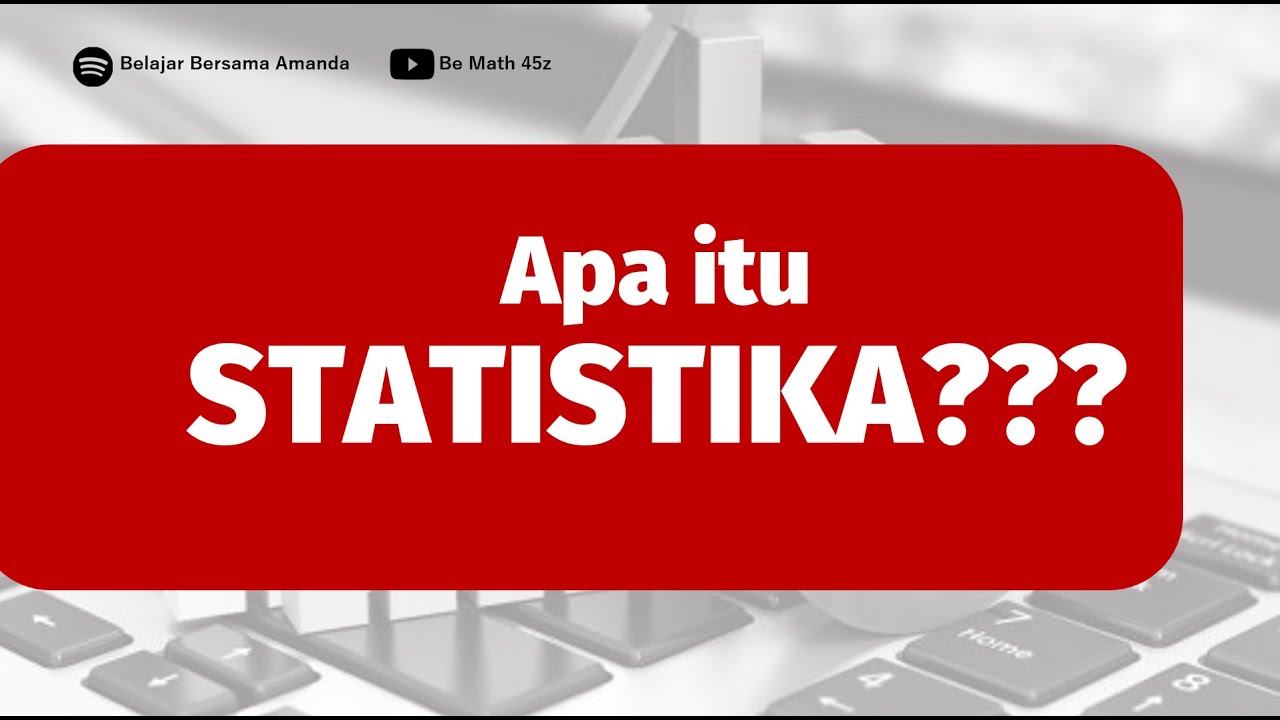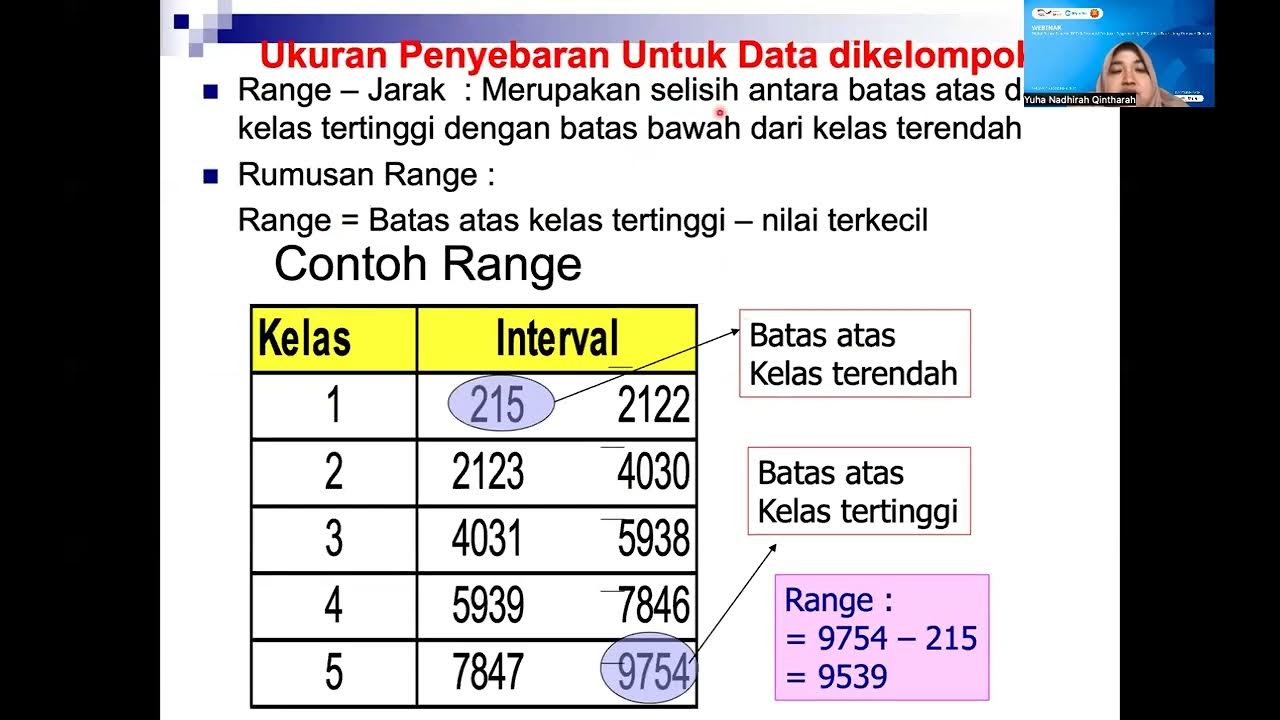Methods - 0 - Introduction
Summary
TLDRThis video lecture emphasizes the importance of understanding data before analysis. It discusses how the design and structure of a study influence the interpretation of data, highlighting potential pitfalls like data myopia. The lecture distinguishes between descriptive, correlational, and causal studies, showing how each type affects research conclusions. The speaker stresses the significance of understanding data origins, limitations, and assumptions to make valid, reliable claims. Through examples like the Premier League study, the lecture underscores the critical role of proper study design and analysis in deriving meaningful insights from data.
Takeaways
- 😀 Proper understanding of data is essential before analyzing it; knowing its origin, purpose, and limitations is key.
- 😀 Data analysis involves more than just crunching numbers; it's about understanding what the data means and its context.
- 😀 It's important to avoid 'data myopia'—the tendency to jump into analysis without considering what the data represents.
- 😀 A study's design, including data collection methods, plays a crucial role in the validity of the conclusions drawn from the data.
- 😀 Three main types of studies are important to understand: descriptive (describing data), correlational (examining relationships), and causal (identifying cause-and-effect).
- 😀 Misleading conclusions can arise if the context and assumptions of data collection are ignored, as shown in the soccer red card study.
- 😀 When analyzing data, it's vital to ask: 'What is the data representing?' and 'What were the researcher's assumptions?'
- 😀 Understanding the structure of the data and the research methods used helps ensure correct analysis and valid conclusions.
- 😀 Everyone is entitled to their own opinions, but not their own facts—it's crucial to distinguish between opinions and evidence-based conclusions.
- 😀 Valid conclusions rely on understanding how data is collected and the limitations of the study design, not just on the analysis itself.
- 😀 The course emphasizes the importance of studying the process behind data collection, from sampling to statistical testing, to ensure reliable and valid results.
Q & A
Why is it important to understand data before analyzing it?
-Understanding data before analysis is crucial because it helps to avoid misinterpretations and ensures that the right conclusions are drawn. Without understanding the data's origin, collection methods, limitations, and purpose, we risk making incorrect or biased claims.
What is data myopia and how can it affect research outcomes?
-Data myopia occurs when researchers focus only on the data itself, without considering the context in which it was collected. This can lead to faulty conclusions, as researchers might miss critical factors that influence the data or ignore potential biases in data collection.
What are the three types of studies discussed in the video?
-The three types of studies discussed are descriptive studies (focused on describing something that exists), correlational studies (focused on identifying relationships between variables), and causal studies (focused on understanding cause-and-effect relationships).
How can different interpretations of the same data lead to varying results, as seen in the soccer red card study example?
-The example of the soccer red card study shows that different research teams analyzing the same data can arrive at different conclusions, depending on their confidence in the data and the methods they use. This highlights the importance of understanding the data's context and the analysis techniques applied.
What role does study design play in the reliability of research conclusions?
-Study design is crucial because it determines how data is collected, what variables are considered, and how those variables are measured. A well-designed study ensures that the data collected is reliable and can be used to make valid conclusions, while poor design can lead to misleading results.
What is the difference between descriptive, correlational, and causal studies?
-Descriptive studies aim to describe characteristics or phenomena, correlational studies explore the relationships between variables, and causal studies attempt to establish cause-and-effect relationships between variables, often through controlled experiments.
What factors influence the process of analyzing data according to the script?
-The process of analyzing data is influenced by several factors including the type of data collected, the variables involved, the method of measurement, and the research design. The quality of data collection and the choices made during study design ultimately determine how useful the analysis will be.
Why is it important to understand the limitations and assumptions of a study?
-Understanding the limitations and assumptions of a study helps to interpret the data accurately and avoid drawing overgeneralized or incorrect conclusions. It ensures that the findings are put into the correct context and are not overstated.
How does the design of a study impact data analysis and interpretation?
-The design of a study directly impacts how data is collected, organized, and analyzed. A study designed with clear objectives, appropriate sampling methods, and accurate measurement techniques results in data that can be analyzed to produce valid and reliable conclusions.
What is the significance of understanding the structure of data when performing analysis?
-Understanding the structure of data is critical because it determines the kinds of analyses that can be performed. For instance, variables need to be measured at appropriate levels (nominal, ordinal, interval, ratio) to apply the correct statistical methods and draw meaningful conclusions.
Outlines

Cette section est réservée aux utilisateurs payants. Améliorez votre compte pour accéder à cette section.
Améliorer maintenantMindmap

Cette section est réservée aux utilisateurs payants. Améliorez votre compte pour accéder à cette section.
Améliorer maintenantKeywords

Cette section est réservée aux utilisateurs payants. Améliorez votre compte pour accéder à cette section.
Améliorer maintenantHighlights

Cette section est réservée aux utilisateurs payants. Améliorez votre compte pour accéder à cette section.
Améliorer maintenantTranscripts

Cette section est réservée aux utilisateurs payants. Améliorez votre compte pour accéder à cette section.
Améliorer maintenant5.0 / 5 (0 votes)






